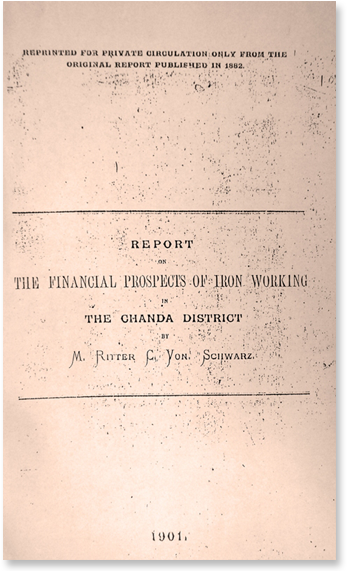 1882
1882
Ritter Von Schwarz´s report
JN Tata reads a report by German geologist, Ritter Von Schwarz, titled "Report on the financial prospects of iron-working in the Chanda district". The paper indicates the availability of rich deposits of iron ore in Lohara. But the plan is dropped due to unavailability of suitable coal.
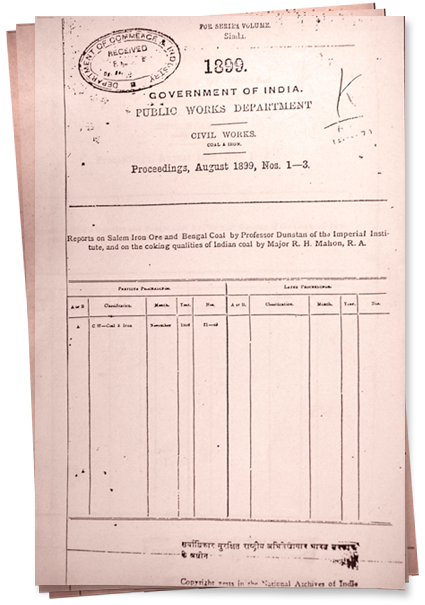 1899
1899
Supporting Indian industry
Major Mahon or Mohan gives a report that recommends promotion of the steel industry in India.
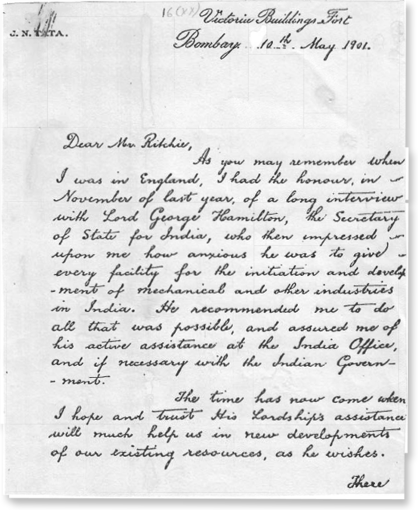 1900
1900
A momentous meeting
JN Tata meets Lord George Hamilton, Secretary of State for India, in England, setting the ball rolling for the establishment of a steel plant in India.
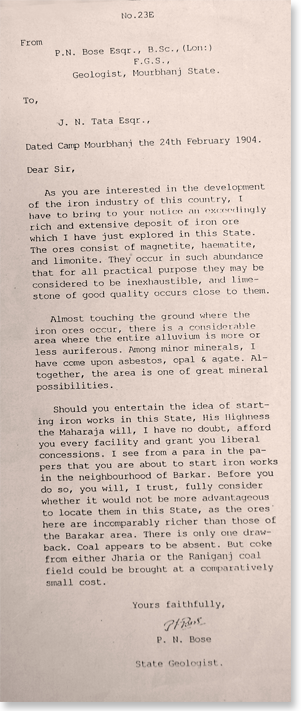 1904
1904
An important letter
Indian geologist PN Bose writes a letter to JN Tata citing the availability of rich deposits of iron ore in Mayurbhanj supported by limestone and coalfields in the vicinity. The Maharaja of Mayurbhanj is willing to extend his support.
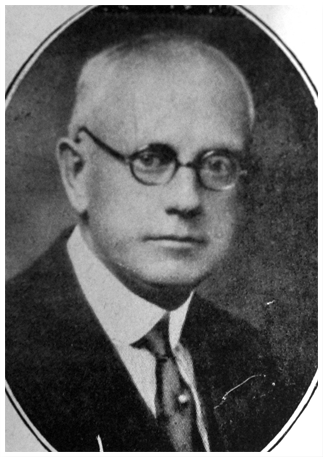 1909
1909
The first GM
RG Wells is appointed as the first General Manager of Tata Iron & Steel Company.
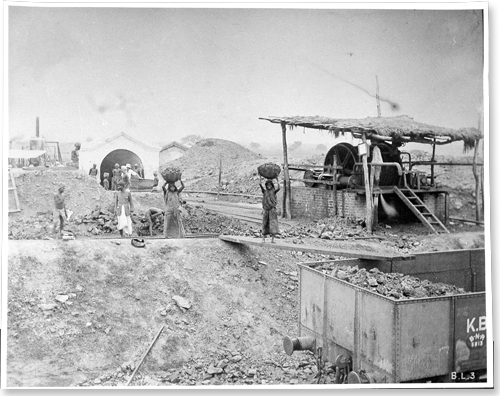 1910
1910
The first coal mine
Tata Iron & Steel obtains its first colliery in 1910, adding six more in the course of time.
Starting operations
The first Blast Furnace or the 'A' Blast Furnace begins operations successfully.
The first production run
The first ingot of steel rolls out of the Sakchi plant. The bar mills commence rolling in the month of October, the second blast furnace becomes operational and 8-hour working day is introduced.
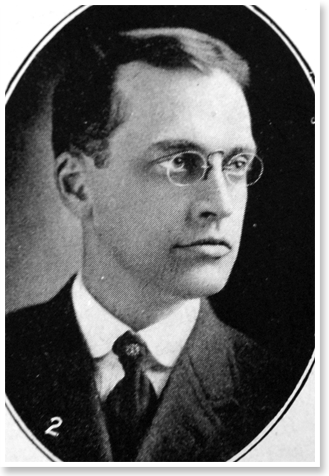 1913
1913
The second GM
AE Woolsey becomes the second General Manager of Tata Iron & Steel Company.
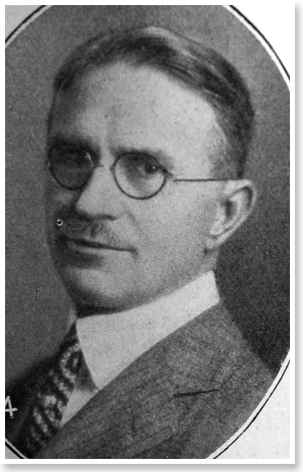 1914
1914
The third GM
Barton R Shover becomes the third General Manager of Tata Iron & Steel Company.
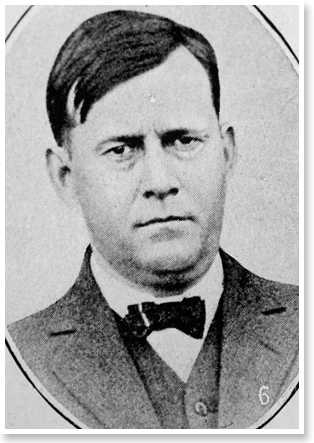 1916
1916
A new GM
Temple W Tutwiler becomes the General Manager of Tata Iron & Steel Company
India´s first coke plant
India´s first steel (coke) plant is established on June 18th as an enterprise financed by Indian capital and built by Indian workers. The plant served as a beacon for India's economic independence and the Swadeshi movement.
Training for the future
The Jamshedpur Technical Institute of Tata Steel is set-up with 23 students. The institute seeks to replace foreign technical experts with their Indian counterparts. Furnished with sophisticated equipment, the institute continues to be one of the best in the country.
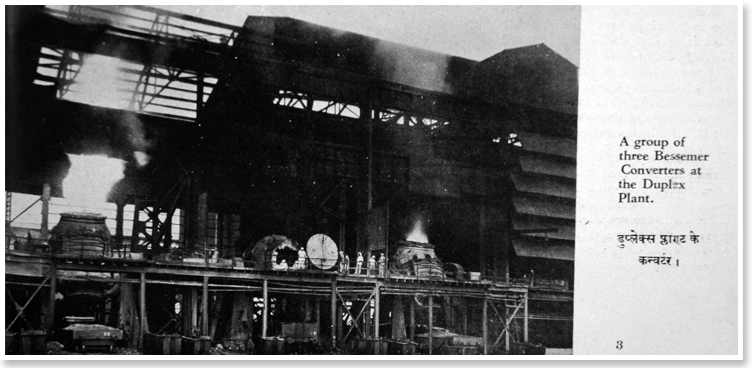 1924
1924
Duplex process
Manufacture of steel by the Duplex process begins.
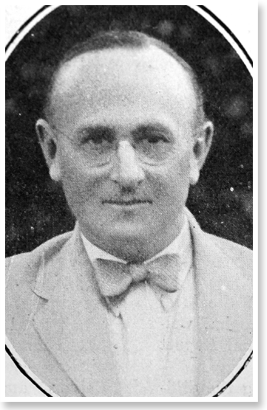 1924
1924
A new leader
CA Alexander becomes the General Manager of Tata Steel.
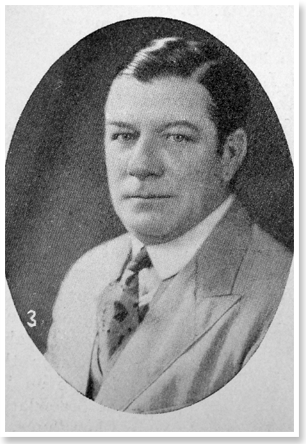 1930
1930
At the vanguard
In 1930 JL Keenan becomes the General Manager of Tata Steel.
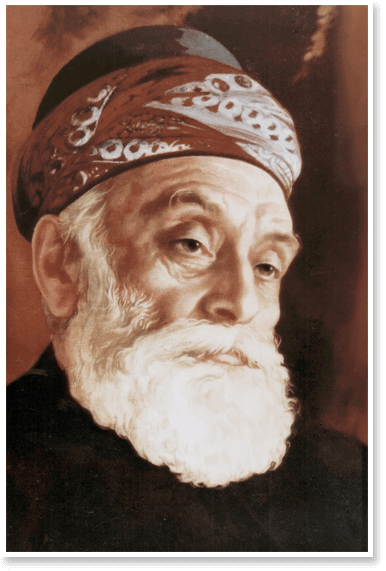 1932
1932
Founder’s Day was first instituted by Tata Steel on March 3, 1932
It was DM Madan, Chief Accountant, Tata Iron and Steel Company, who first conceived the idea of observing and celebrating an annual gathering to commemorate the birth anniversary of J.N. Tata.
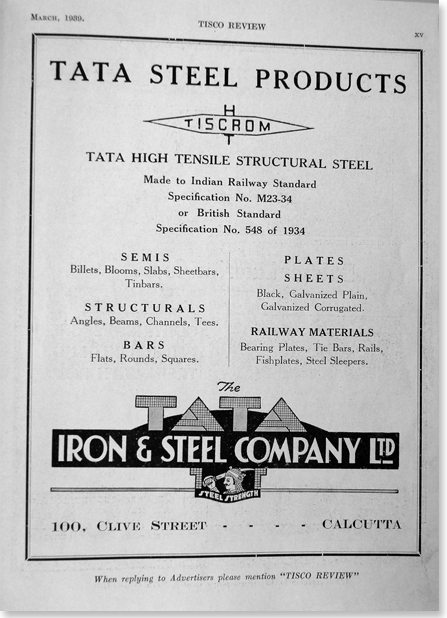 1932
1932
Tisco Review launch
Our bilingual in-house magazine, Tisco Review, commences publication.
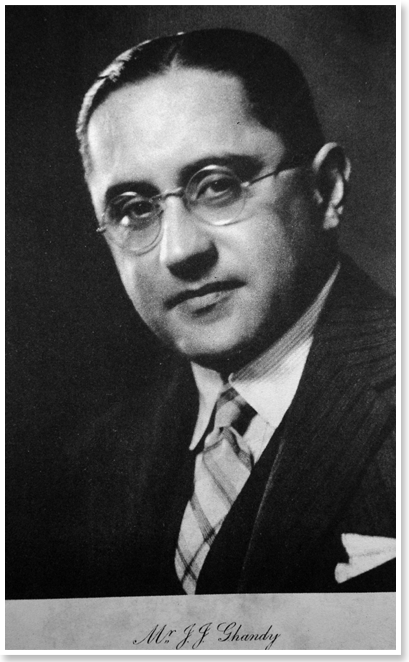 1938
1938
The first Indian GM
Jehangir Ghandy becomes the first Indian General Manager of Tata Steel.
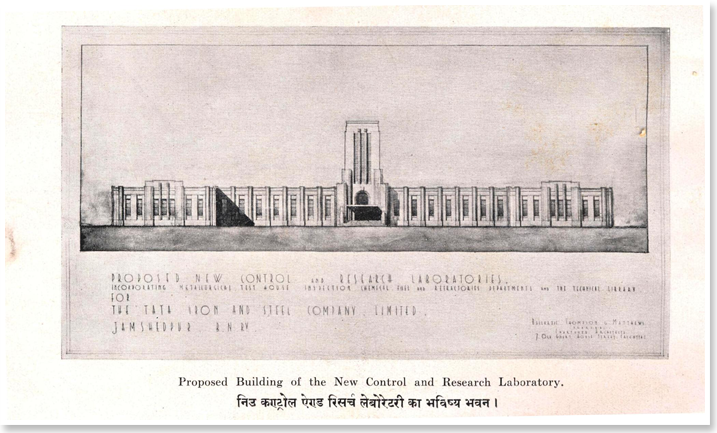 1937
1937
Research lab
The Research and Control laboratory is established in Jamshedpur.
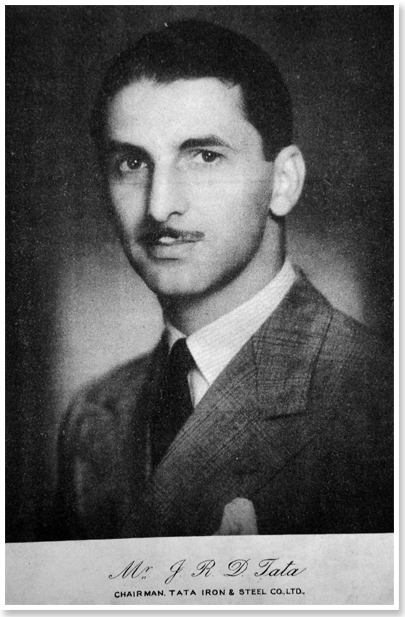 1938
1938
A new chairman
JRD Tata becomes the Chairman of Tata Steel.
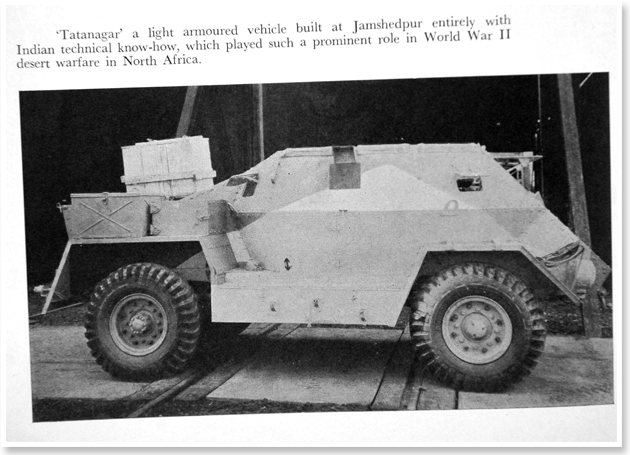 1941
1941
War efforts
Manufacture of special steel for war purposes begins. In 1942, the Tatanagar Tank is built.
Expanding our horizons
Agreement signed with Kaiser Engineers for a 2 million tonne expansion programme.
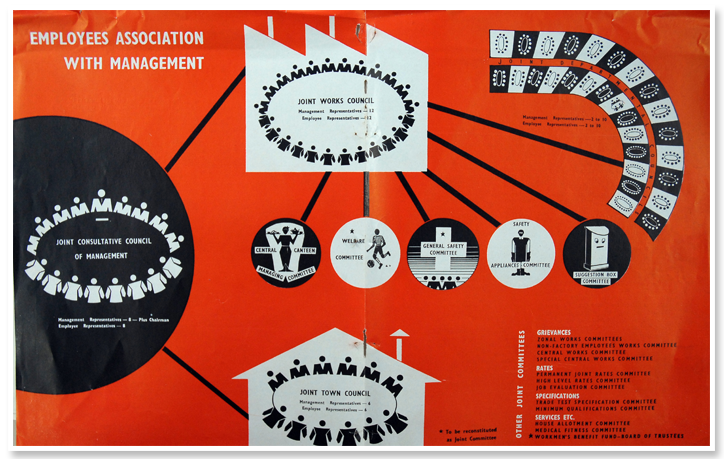 1956
1956
Working together
Joint consultations for 'working together' is introduced.
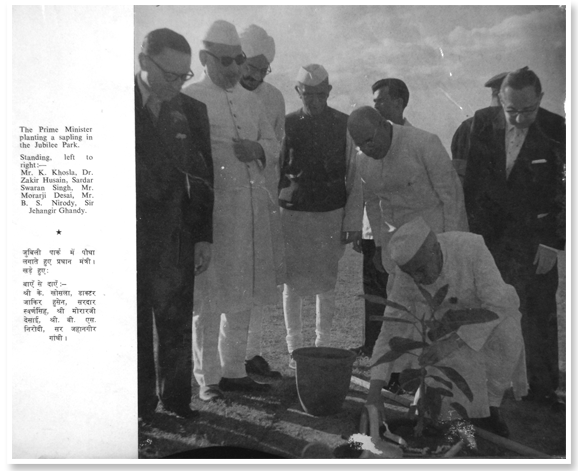 1958
1958
Golden jubilee
Jubilee Park is dedicated to the nation on completion of 50 years of Tata Steel’s existence.
Director-in-charge
SK Nanavati becomes the Director-in-Charge and later becomes the Managing Director in 1970.
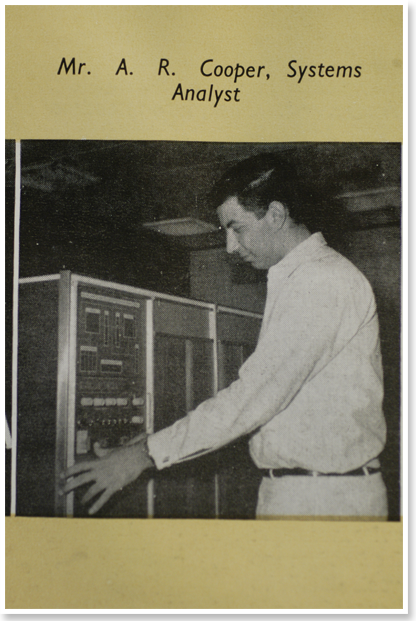 1967
1967
Bringing in computing
IBM 1401 systems introduced.
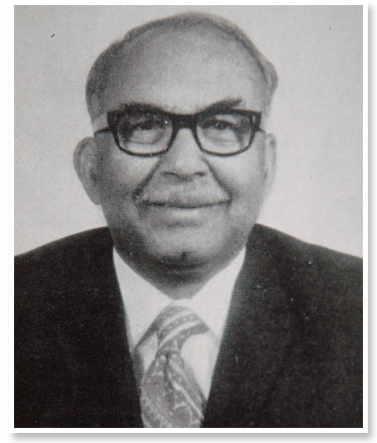 1972
1972
Changes in Management
In 1972 RS Pande becomes the Managing Director.
Russi Mody at the helm
Russi Mody becomes the Managing Director.
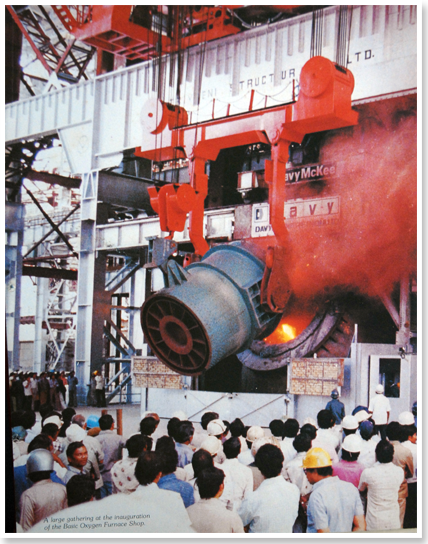 1982-83
1982-83
LD1 inaugurated
Basic Oxygen Furnace Shop - LD1 inaugurated.
Kicking off sports
The Tata Football Academy is established to inculcate the spirit of sports and games among the youth.
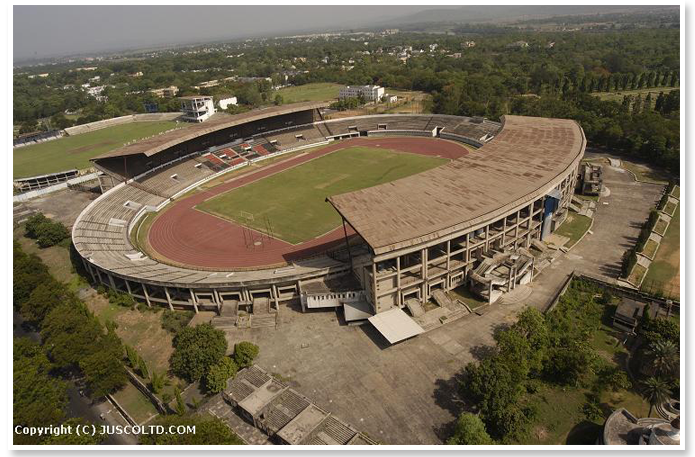 1991
1991
Celebrating the sporting spirit
JRD Tata dedicates a sprawling multi-crore sports complex to the citizens of Jamshedpur.
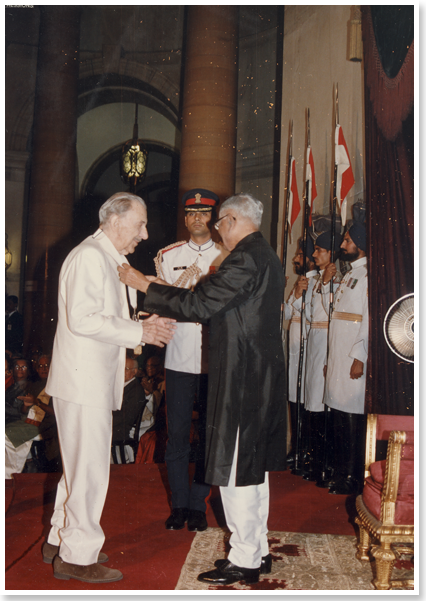 1992
1992
Bharat Ratna for J R D Tata
JRD Tata is conferred the Bharat Ratna for his contribution to aviation and industry on January 26, 1992.
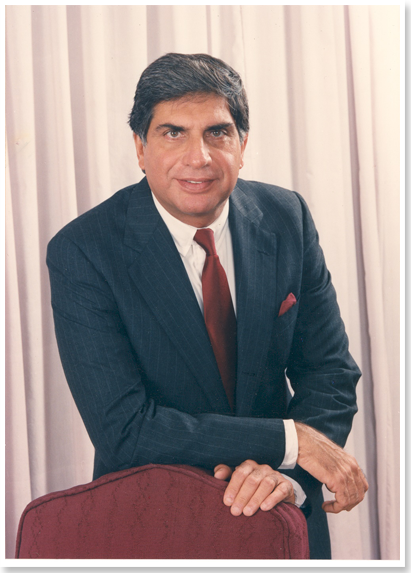 1993
1993
Ratan N Tata is Chairman
Mr Ratan Tata takes over as Chairman from JRD Tata on April 19, 1993.
Best Integrated Steel plant
Tata Steel receives the Prime Minister's trophy for the 'Best Integrated Steel plant' for the first time.
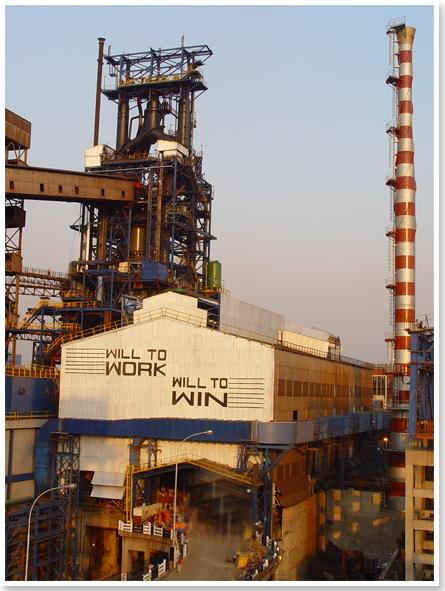 1994-1996
1994-1996
New Innovations
Production of stamp charged batteries 6&7 begins in 1994. The 'G' Blast Furnace gets commissioned in 1992.
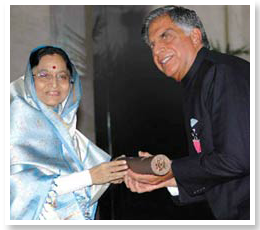 2000
2000
Padma Bhushan for Ratan N Tata
Ratan N Tata is conferred the Padma Bhushan on January 26, 2000.
Corus Group integration
London-based steel manufacturer Corus Group is acquired on April 2, 2007 and Tata Steel Europe is established. The merger makes us among the top ten steel producers globally and the second-most geographically diversified steel producer in the world.
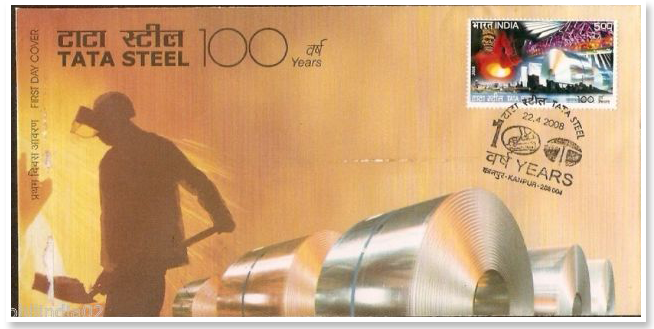 2008
2008
Centenary postage stamp
Commemorating Tata Steel's Centenary year, the Indian Prime Minister, D. Manmohan Singh, unveils the Centenary Postage Stamp.
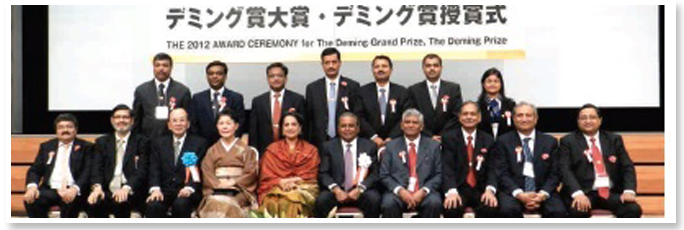 2012
2012
The Deming Grand Prize 2012
Tata Steel creates history by becoming the first integrated steel company in the world to be awarded the coveted Deming Grand Prize.
New beginnings
The first phase of Kalinganagar Project - Tata Steel’s second integrated steel plant in India starts commercial production in May 2016.